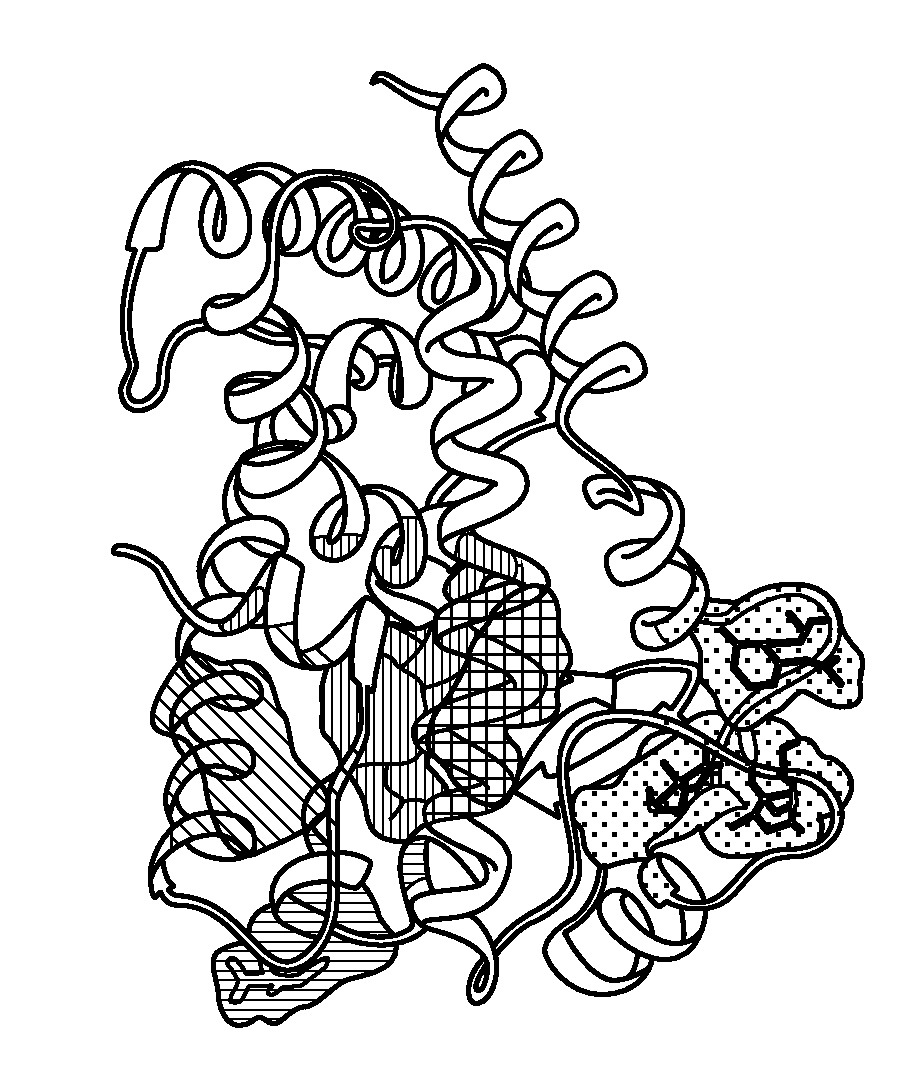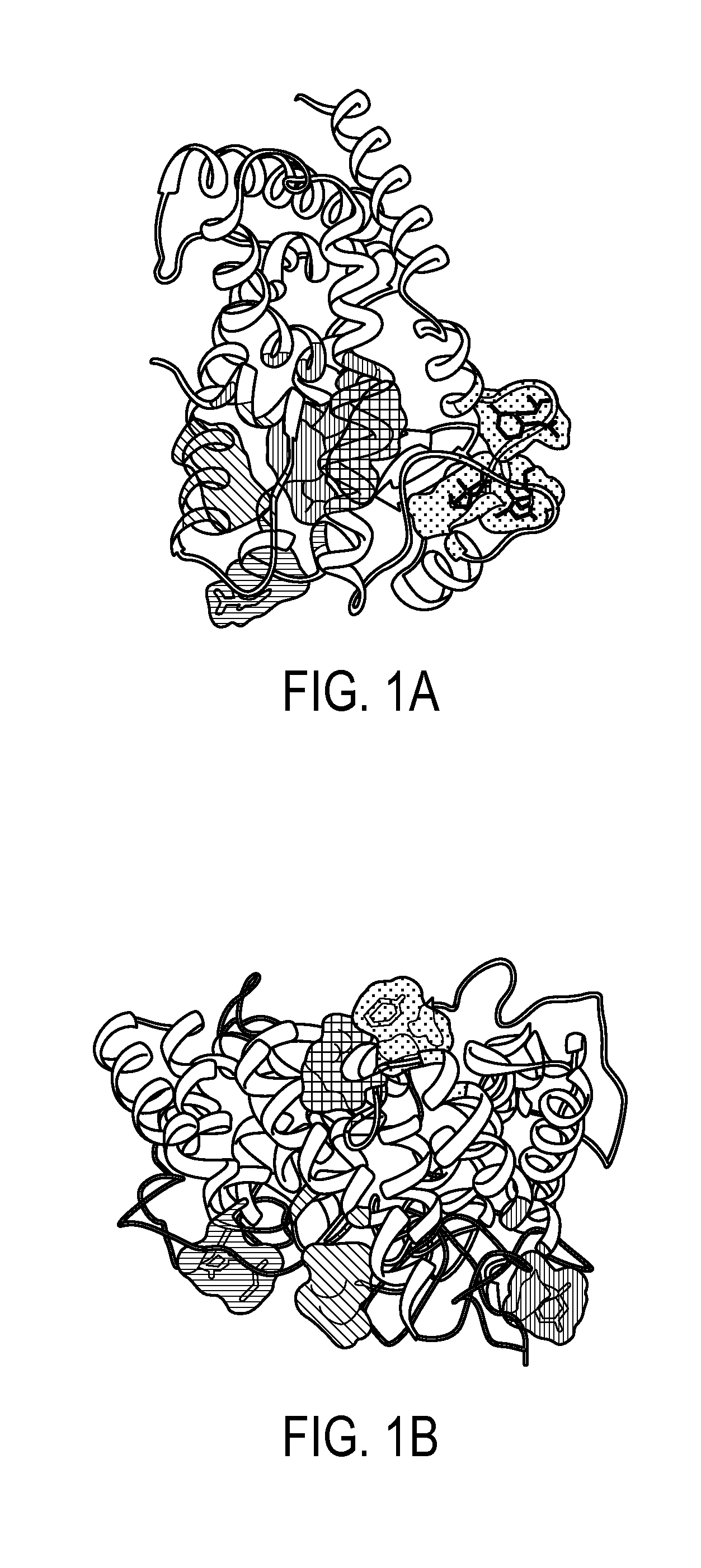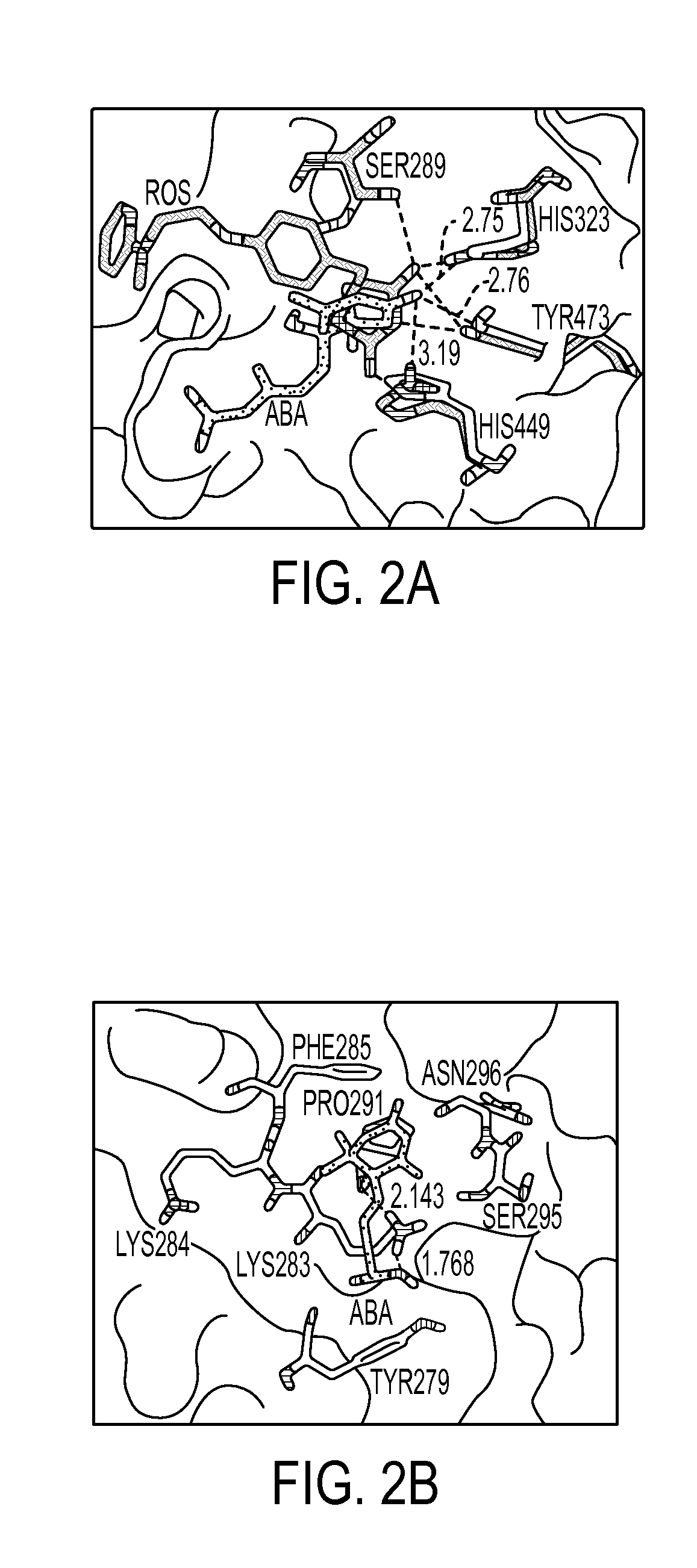Method of preventing and treating inflammatory diseases and disorders with abscisic acid
a technology of abscisic acid and inflammatory diseases, applied in the field of medical treatments for diseases and disorders, can solve the problems of little known role and unlikely adoption of tzds for chronic inflammation treatment, and achieve the effects of reducing symptoms, reducing severity, and improving symptoms
- Summary
- Abstract
- Description
- Claims
- Application Information
AI Technical Summary
Benefits of technology
Problems solved by technology
Method used
Image
Examples
example 1
Effect of Abscisic Acid on LPS-Induced Inflammation and Mechanism of Action
Research Design and Methods
[0077]PPAR γ Ligand-Binding Assay—The ability of ABA to bind to the ligand-binding domain of PPAR γ was assessed experimentally using the Polarscreen PPAR Competitor Assay, Green (Invitrogen, Carlsbad, Calif.) following manufacturers instructions. Briefly, concentrations of (+) ABA (Sigma), (−) ABA (Sigma), and rosiglitazone (Cayman Chemical) ranging from 0.001 μM-10 μM were added to wells containing the ligand-binding domain of PPAR γ bound to a fluorescent-marker. After 4 hours the ability of each compound to displace the fluorescent ligand, and therefore reduce the polarization values, was assessed using a fluorescent plate reader with 485 nm excitation and 535 nm emission. Results are a compilation of 4 independent experiments.
[0078]Reporter Activity Assays—To determine PPAR γ activity, pCMX.PPAR γ expression plasmid and a pTK.PPRE3x luciferase reporter plasmid driven by the PPR...
example 2
Effect of Dietary ABA on Influenza Virus-Associated Pulmonary Inflammation and Mechanism of Action
[0111]Recent studies on the pathogenesis of Influenza A virus infections have highlighted the relevance of disassociating the cytopathic effects caused by the virus from the damage resulting from the host's response following the viral infection. The use of immunotherapeutics targeting the immune response and not the virus to ameliorate disease severity and minimize tissue destruction has been proposed as an alternative approach to treat flu-associated morbidity. Influenza A virus infects epithelial cells lining the respiratory airways activating TLR3 and RIG1 pathways after recognition of double stranded viral RNA. The immediate response to influenza virus infection is the transcription of type I IFN and subsequent apoptosis of infected cells. In addition, the initial anti-viral response leads to the upregulation of pro-inflammatory cytokines and chemokines. The secretion of CXCL10, CX...
example 3
Effect of Post-Exposure ABA Therapy on Influenza Virus-Associated Pulmonary Inflammation and Mechanism of Action
Materials and Methods
[0136]Animal Procedures. Eight week old PPAR γ flfl Lysozyme M-Cre+ mice, with a Cre recombinase targeted to the Lysozyme M-Cre promoter (Lysozyme M-Cre+, n=20), lacking PPAR γ in myeloid cells, and wild-type (WT, n=20) mice in a C57BL / 6 background were housed at the animal facilities at Virginia Tech. in a room maintained at 75° F., with a 12:12 h light-dark cycle starting from 6:00 AM. One-month old mice (n=10 for each treatment and genotype) were treated with 100 mg / kg body weight of ABA via orogastric gavage following intranasal challenge with influenza virus and throughout the challenge period. All experimental procedures were approved by the Institutional Animal Care and Use Committee of Virginia Tech and met or exceeded requirements of the Public Health Service / National Institutes of Health and the Animal Welfare Act.
[0137]Influenza virus challe...
PUM
| Property | Measurement | Unit |
|---|---|---|
| body weight | aaaaa | aaaaa |
| pH | aaaaa | aaaaa |
| body weight | aaaaa | aaaaa |
Abstract
Description
Claims
Application Information
 Login to View More
Login to View More - R&D
- Intellectual Property
- Life Sciences
- Materials
- Tech Scout
- Unparalleled Data Quality
- Higher Quality Content
- 60% Fewer Hallucinations
Browse by: Latest US Patents, China's latest patents, Technical Efficacy Thesaurus, Application Domain, Technology Topic, Popular Technical Reports.
© 2025 PatSnap. All rights reserved.Legal|Privacy policy|Modern Slavery Act Transparency Statement|Sitemap|About US| Contact US: help@patsnap.com



